Mini John Cooper Works GP Boasts Impressive Nrburgring Time Despite Being Not Yet Fully Baked
In conjunction with the 24 Hours of Nürburgring this past weekend, Mini presented a lightly-disguised John Cooper Works GP well before its scheduled on-sale date in 2020. With more than 300 horsepower on tap, the new JCW GP is almost half a minute faster than its predecessor around the Nordschleife.
While development tuning is still in process, the JCW GP lapped the “Green Hell” in less than 8 minutes. While that is impressive for any front-wheel-drive hot hatch, it will inevitably be compared to the 7:43.80 that was set by the Civic Type R. Whether it reaches that figure or not, it shares outlandish design style and boy-racer looks with the Type R.
The winged fenders feature deep reliefs cut into them. I’m struggling to envision the aerodynamic purpose of this design, though I hope there is a rational explanation. Maybe to control the airflow down the side of the car? If they’re a pre-cursor to 4-inch extensions for TCR racecar bodywork, then I’m OK with that. The fenders almost made me overlook the cartoonish spoiler over the rear hatch.
Ultimate performance of the JCW GP will depend significantly upon tire selection. The demonstration car was fitted with Hankook Ventus S1 Evo Z *star* tires. The current Ventus S1 Evo line of tires falls into the Tire Rack’s “Ultra High Performance Summer” category, which would be typical for an OE summer performance tire. There are still the “Max Performance Summer”, “Extreme Performance Summer”, and “Streetable Track & Competition” categories above that. We’ve seen many performance cars fitted with tires like the Pirelli P Zero Corsa or Michelin Pilot Sport Cup2 to simply set a blistering lap time.
It is possible that the JCW GP will be offered with another tire that prioritizes track performance, as that is kind of the point of this version of the car. I suspect that they’ll need it if they hope to chase down the Civic Type R’s Nürburgring time. As for the “star”, that generally means that the tire was specifically designed for a particular vehicle application. The reality is that many OE tires are specifically tuned for the vehicle that they come on and aftermarket replacements may not be identical, but that’s a conversation for another day.
Three-thousand of the John Cooper Works GP models will be produced, which represents a 50 percent jump over the 2,000 offered in each of the prior two generations.
[Images: MINI USA]
Following 10 years in Toyota's Production Engineering division, Anthony spent 3 years as a Vehicle Dynamics Engineer for FCA. From modest beginnings in autocross, he won a NASA SpecE30 National Championship and was the 2017 Pirelli World Challenge TC Rookie of the Year. Aside from being a professional racecar driver, he is a private driving coach and future karaoke champion.
More by Anthony Magagnoli
Latest Car Reviews
Read moreLatest Product Reviews
Read moreRecent Comments
- Fahrvergnugen The only GP we watch - and attend - is SailGP. Feeds a slightly different bunch of adrenaline junkies, though there must be some overlap.
- SCE to AUX Fisker filed for reorganization in Austria - the end is near.https://insideevs.com/news/718875/fisker-reorganization-austria/
- Bd2 I'll watch F1 when Kia and/or Hyundai pony (pun intended) up the cash to field a class leading team. Hyundai is leading many series with the Elantra N with it's incredible 350HP Smartstream-N engine.
- MaintenanceCosts More or less an admission that the radar-only cars will never do anything that could reasonably be marketed as "Full Self-Driving."
- Bd2 The coolest true SUV on the market. Change my mind.




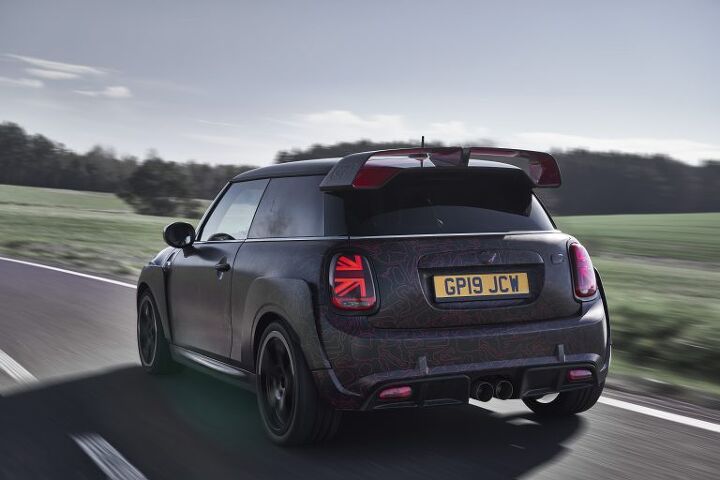














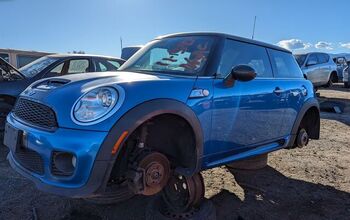


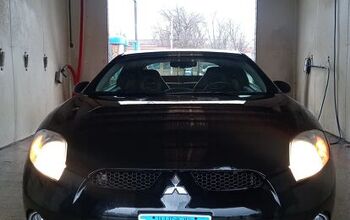
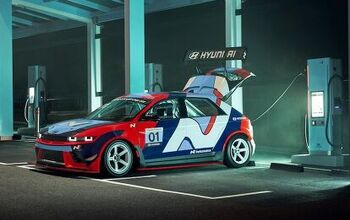
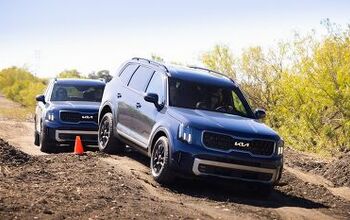

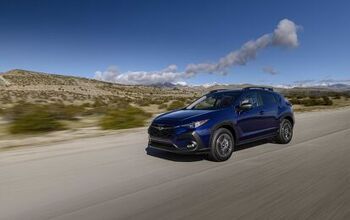

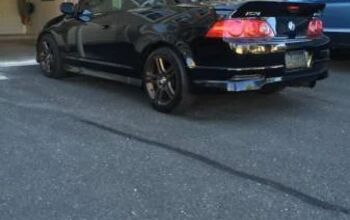
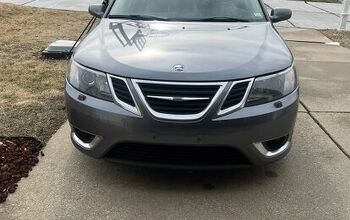
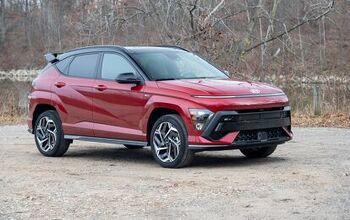
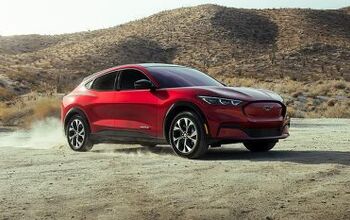
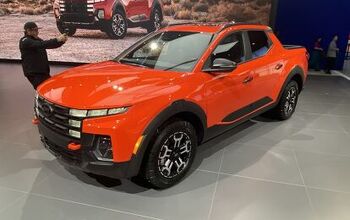




Comments
Join the conversation
This seems pointless. BMW is getting sued for destroying the Mini brand. So they develop a vehicle that will be even lower to the ground to improve handling. My co-workers JCW Mini can barely creep around the parking lot avoiding speed bumps/pot holes. The Civic Type R is $41-42k CDN. This Mini will be $45-50k+ I would guess. Pretty pointless
I love hot hatchbacks, and even more cars with only two doors, but I don't understand why they want to set lap times with this. Why set yourself up to be compared unfavorably to the (likely cheaper) Civic Type R before even being released? Did they think they could beat the time and then not succeed on their track day, forcing them to release the time anyway to justify track costs? Are MINI buyers salivating over fast lap times? Is there a hardcore base of MINI track drivers in some country? Just tell me if it's fun, that the goofy add on bits make it more fun, and where it compares favorably to other hatches (smaller, interior materials, etc.). I've driven an older Mini a lot and I like the brand, but I don't think "track car".